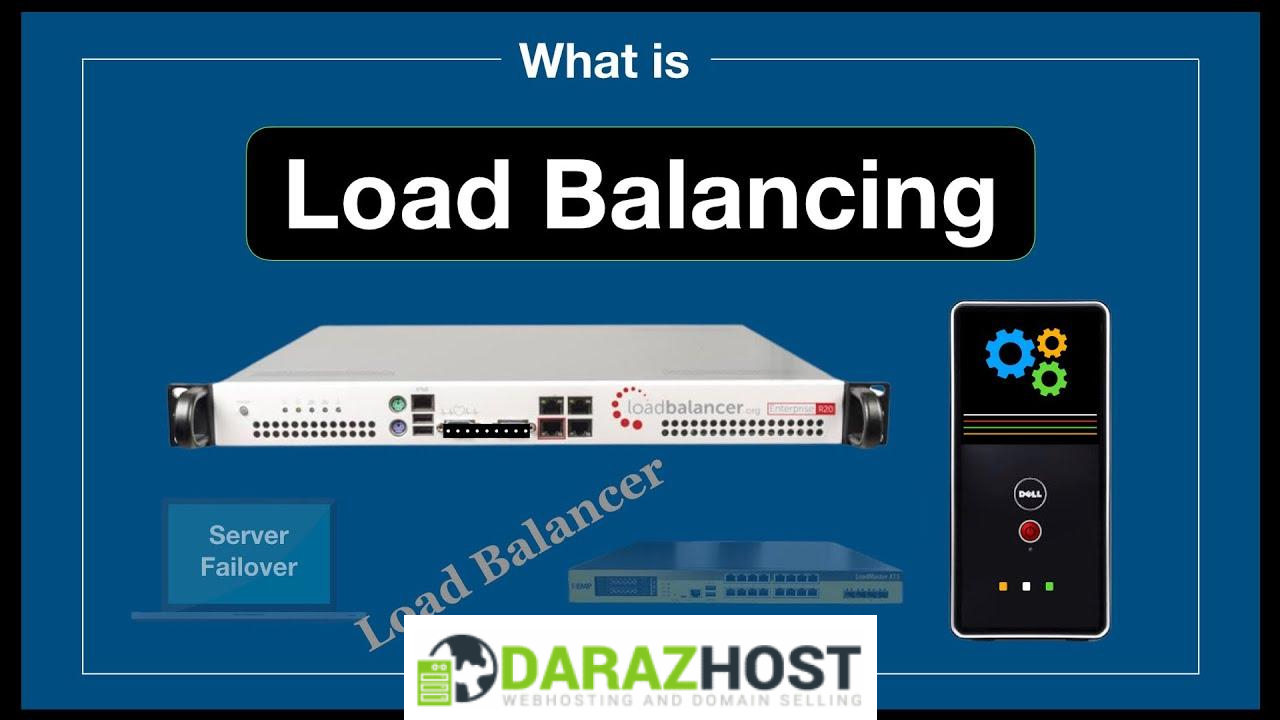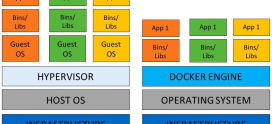
The Importance of Load Balancing for E-commerce Website Performance
Introduction
In today’s fast-paced digital world, e-commerce websites have become a vital lifeline for businesses and consumers alike. But have you ever wondered what keeps these online shopping platforms running smoothly, especially during peak shopping times like holiday sales or special promotions? The answer often lies in a mechanism known as load balancing. In this article, we’ll explore the importance of load balancing, particularly for e-commerce websites, and how it can significantly enhance performance while ensuring a seamless shopping experience for customers.
What is Load Balancing?
Load balancing is like having a traffic cop at a busy intersection. Just as a traffic cop guides vehicles to ensure smooth flow and prevent jams, a load balancer distributes incoming traffic across multiple servers. This ensures that no single server gets overwhelmed, leading to better performance, increased uptime, and improved response times for users. Imagine trying to shove a hundred boxes into a single elevator — it’s simply not feasible and would cause delays. Load balancing prevents such bottlenecks in the virtual realm.
Why is Load Balancing Crucial for E-commerce Websites?
Enhanced Performance
Imagine you’re trying to buy a trending gadget during a big sale, and the website takes forever to load! Frustrating, right? A well-configured load balancer ensures that your e-commerce site runs like a well-oiled machine. By distributing requests effectively, it maintains fast response times, allowing customers to shop without any delays.
Increased Uptime
Downtime is the death knell for any e-commerce site. If a site goes down during peak hours, businesses can lose thousands, if not millions, in sales. Load balancing allows for high availability by routing traffic away from failed servers. It’s like having a backup plan ready to go! If one server crashes, the load balancer shifts traffic to the remaining active servers, ensuring your store remains open for business.
Scalability
As your e-commerce business grows, so will the demand on your website. Load balancing makes scaling up a breeze. You can easily add more servers to handle increased traffic without the need for a complete overhaul. Think of it like adding more lanes to a highway — the more lanes you have, the easier it is for cars to flow.
Security Features
Protecting customer data is paramount in e-commerce, and load balancers play a key role. They can help shield your site from certain types of cyber threats, such as Distributed Denial-of-Service (DDoS) attacks. By distributing incoming requests, load balancers can absorb malicious traffic while ensuring legitimate user requests are processed. It’s your first line of defense against online threats!
Key Benefits of Load Balancing
- Improved User Experience: Faster load times lead to happier customers and higher conversion rates.
- Cost Efficiency: By optimizing server performance, businesses can reduce operational costs.
- Easy Maintenance: Load balancers allow for seamless server updates and maintenance without downtime.
- Better Resource Utilization: More efficient use of existing resources means better overall performance.
Real-World Example: DarazHost
Let’s take a closer look at how a provider like DarazHost employs load balancing techniques to improve e-commerce performance. They offer robust hosting solutions that include automatic load balancing features. This means that as traffic increases during sales events, their systems intelligently distribute loads across a network of servers. Customers enjoy a seamless shopping experience, while business owners can focus on what they do best — selling their products!
Choosing the Right Load Balancing Solution
With various load balancing options available, it’s crucial to choose the right one for your e-commerce website. Here are a few things to consider:
Type of Load Balancer
- Hardware Load Balancers: These are physical devices often used in large enterprises. While expensive, they offer a high level of performance.
- Software Load Balancers: More cost-effective and flexible, these are often preferable for small to medium-sized businesses.
- Cloud Load Balancers: Ideal for e-commerce platforms, these offer scalable solutions hosted in the cloud.
Configuring Load Balancing
Configuration is essential for achieving optimal performance. Properly setting rules for balancing traffic, health checks for servers, and monitoring analytics can help you get the best results. Think of it as tuning a musical instrument — every adjustment brings you closer to that perfect sound!
Evaluating Performance and Metrics
Monitoring your load balancer’s effectiveness is key. Look for metrics such as response times, server health, and the volume of traffic per server. Regular evaluations can help you identify points of failure and areas for improvement. It’s like regular check-ups — a little maintenance goes a long way!
Potential Challenges and Solutions
Common Challenges
While load balancing offers substantial benefits, it isn’t without challenges. Some common ones include:
- Configuration Complexity
- Cost of Implementation
- Monitoring and Analytics
Effective Solutions
To tackle these challenges, consider the following:
- Invest in Training: Make sure your team understands how to manage load balancers effectively.
- Budget for Costs: Allocate funds specifically for load balancing solutions.
- Utilize Monitoring Tools: Invest in tools to help you keep track of your system’s performance.
Future Trends in Load Balancing
As technology evolves, so does load balancing. Emerging trends include:
- AI and Machine Learning: These technologies will play a significant role in predicting traffic patterns and optimizing performance.
- Multi-cloud Strategies: Businesses will increasingly adopt multiple cloud providers for greater flexibility and resilience.
- Serverless Architectures: With the rise of serverless computing, load balancing solutions will continue to adapt.
Conclusion
In the world of e-commerce, load balancing is not just a luxury; it’s a necessity. It ensures your website runs smoothly, protects customer data, and keeps sales flowing, even during peak times. By understanding and implementing efficient load balancing solutions, like those offered by DarazHost, you can significantly elevate your e-commerce game.
FAQs
1. What is load balancing in simple terms?
Load balancing is the process of distributing network traffic across multiple servers to ensure optimal performance and prevent overload on any single server.
2. Why do e-commerce sites need load balancing?
E-commerce sites need load balancing to enhance performance, increase uptime, ensure scalability, and provide security against cyber threats.
3. How does load balancing improve user experience?
By ensuring fast load times and reducing downtime, load balancing provides users with a smooth and efficient online shopping experience.
4. Can load balancers protect against attacks?
Yes, load balancers can provide a layer of defense against certain types of cyberattacks, helping to shield your site and maintain uptime.
5. How can I choose the right load balancing solution for my e-commerce site?
Consider factors such as your budget, the volume of traffic you expect, and whether you prefer hardware, software, or cloud-based solutions. Analyzing your specific needs will help you choose the right option.









